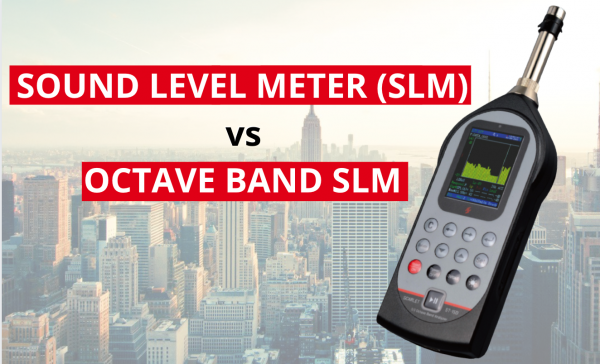Know How –
Sound Level Meters or Octave Band Sound Level Meters?
We got asked a lot recently from our clients whether they should get a sound level meter or the one with octave band filters. In this article, we will explain how sound level meter and octave band sound level meter works, so you can understand better and finally decide which one you should get.
Sound Level Meter
The way sound level meters (SLM) take measurements without octave band filters is through time weighting and frequency weighting as specified by the international standards such as IEC 61672 – 1.Time weighting defines how the SLM reacts to changes in sound pressure. Time weightings are shown as Fast, Slow and Impulse (or ‘F’, ‘S’ and ‘I’). While frequency weighting adjusts how the sound level meter reacts to different sound frequencies. Based on IEC 61672-1 standard, sound level meter must have A-, C- and Z- frequency weightings, other weightings such as B- and D- also exists but are not required and only used occasionally in a very specific applications.
The A-weighting is the most common and widely used frequency weighting as it resembles human ear’s response to noise frequencies at medium-range levels, less sensitive to noise at the lower and higher frequencies. Thus, it is useful for describing how noises affect people’s hearing. Therefore, the A-weighting is acknowledged internationally and required for environmental and occupational noise measurements.
You can use sound level meters like Scarlet Class-1 ST11D to measure occupational noise accurately.
Octave Band Sound Level Meter
As its name implies, octave band sound level meter has octave band filters. Octave band filter is used to split noise spectrum into thinner frequency bands which then allows you to do frequency analysis. Octave band frequency analysis are typically shown directly as a list of data and or a bar chart, serving as a great visual noise inspection tool.
The frequency bands usually either have a bandwidth of one octave or one-third octave. An octave has a frequency range where the highest frequency is 2 times the lowest frequency. While a one-third octave is a range of frequency band where the highest frequency is 1.26 times the lowest. The main difference between the two bands is that, in one-third octave each of the 10 octave bands is split again into three, providing a more detailed description of the noise content frequency.
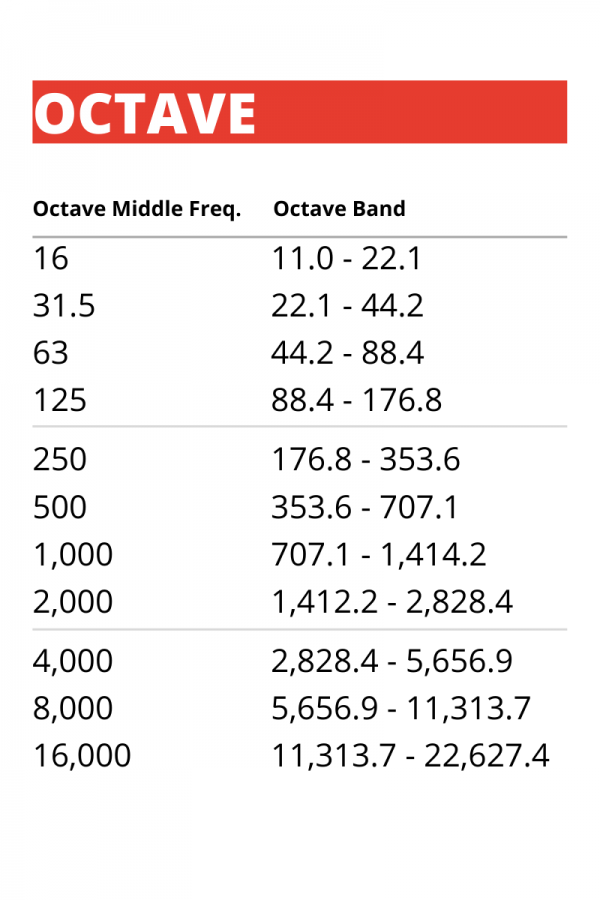
Octave band sound level meters such as Scarlet ST15D Sound Analyzer with 1/3 Octave Band complies with the most up-to-date IEC and ANSI international certifications. It automatically does a real-time frequency band analysis for you. You can also monitor real-time noise data and export historical noise data on your computer using Scarlet Sound software.Moreover, you can also request for additional functionality such as integrated GPS system to help you locate noise source.
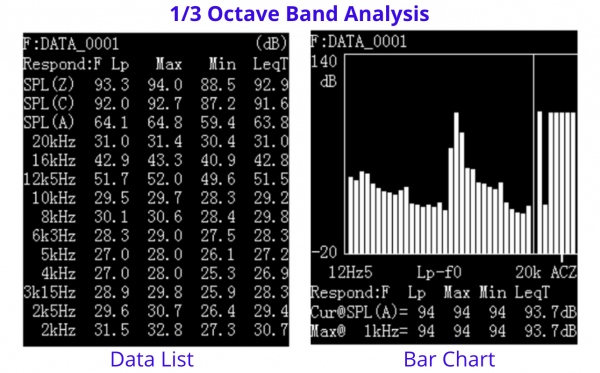
Does Octave Band Affect Sound Level Meter Accuracy?
The answer is no. Octave bands have very little to do with how accurately a sound level meter works. Your sound level meter is, in fact, has to be accurate with or without octave bands. What octave bands actually do is to split noise into smaller frequency bands which will help you to identify the noise source.
Conclusion
When it comes to deciding between sound level meter or octave band sound level meter, it all depends your needs and applications. If you only need to measure sound levels that shows equivalent continuous sound level and sound level exposure, then sound level meter is enough for you. However, if more detailed information about a complex sound is required, using octave band sound level meters would be more appropriate.
For sound level meter, you can check Scarlet ST-11D.
For Octave band sound level meter, you can check Scarlet ST-15 Sound Analyzer.
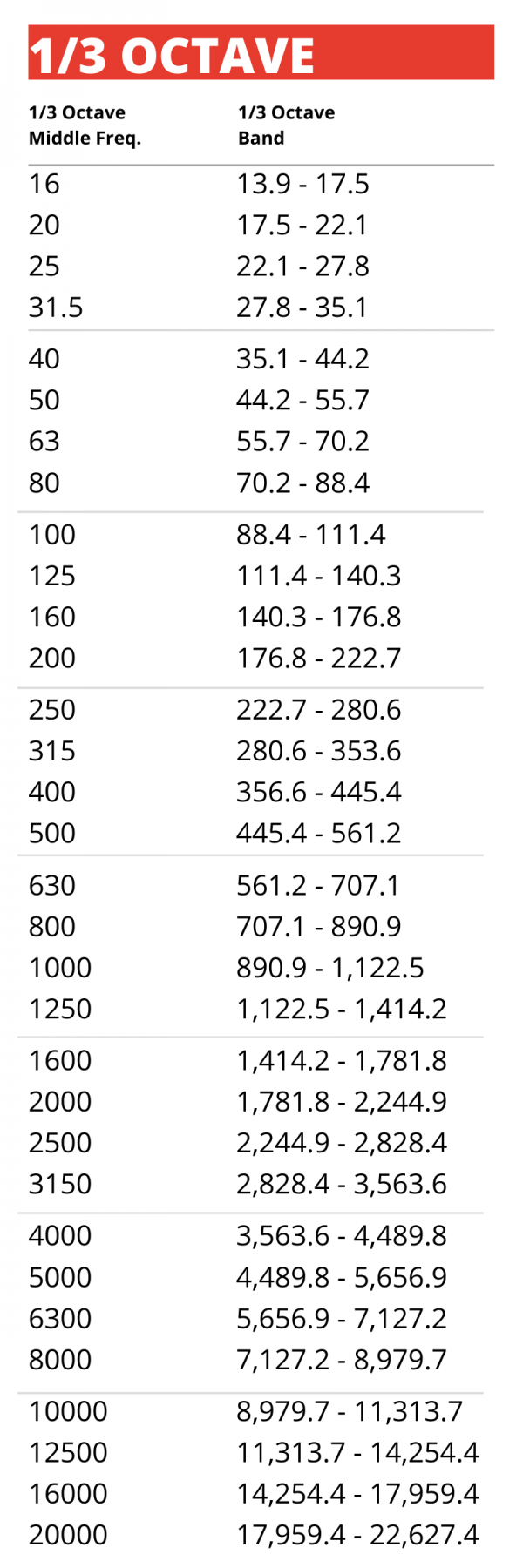
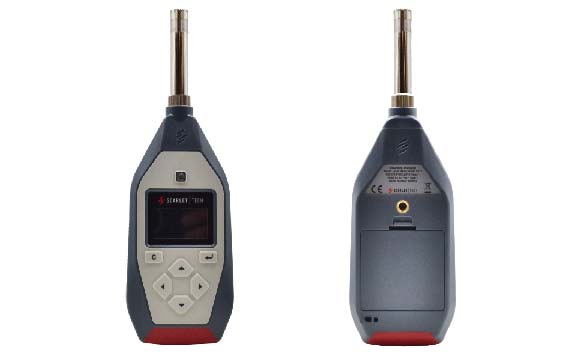
ST-11/11D Features
• Class 1 Complies with IEC-61672-2013
• 10 Hz-20k Hz frequency range
• 27 dB-140 dB measurement range
• Data logging & record function(St-11D)
• Measures and displays Leq value
• Long term measurement
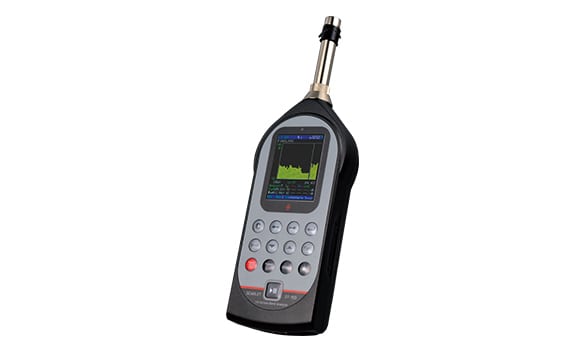
ST-15D Features
• Class 1 Complies with IEC-61672-2013
• 10 Hz-20k Hz frequency range
• 20 dB-142 dB measurement range
• Data logging & record function(optional)
• Measures and displays Leq value
• GPS function
• 1/3 OCT analyzer (optional)
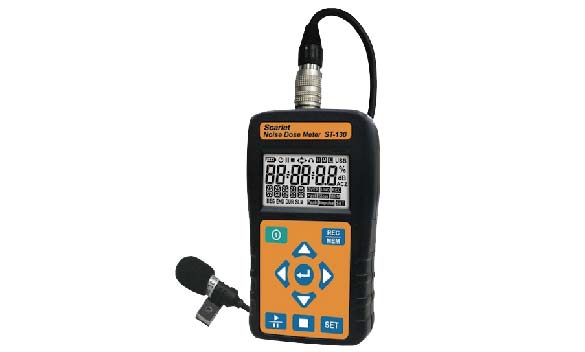
ST-130 Features
• Perform OSHA and IEC noise accumulation surveys
• 6 built-in standard dose measurement setups: OSHA/ MSHA/DOD/ACGIH/ISO85/ISO90
• Data logger up to 10,00,000 readings
• Adjustable criterion level, exchange rate & threshold
• Sampling times between 1 sec to 2 hr
• Stores up to 10,000 dose meter survey results
• Dose Meter Mode: record time stamp, %Dose, TWA8, LEP, 8h, Leq, SEL, LN%, SPLmax, SPLmin, PeakMAX
• Sound Level Meter mode: Leq, PeakMAX & SEL
• USB interface. Support Windows XP / Vista / 7 / 8
Scarlet Class 1 Sound Level Meters
ST-11/11D Features
• Class 1 Complies with IEC-61672-2013
• 10 Hz-20k Hz frequency range
• 27 dB-140 dB measurement range
• Data logging & record function(St-11D)
• Measures and displays Leq value
• Long term measurement


ST-15D Features
• Class 1 Complies with IEC-61672-2013
• 10 Hz-20k Hz frequency range
• 20 dB-142 dB measurement range
• Data logging & record function(optional)
• Measures and displays Leq value
• GPS function
• 1/3 OCT analyzer (optional)
ST-130 Features
• Perform OSHA and IEC noise accumulation surveys
• 6 built-in standard dose measurement setups: OSHA/ MSHA/DOD/ACGIH/ISO85/ISO90
• Data logger up to 10,00,000 readings
• Adjustable criterion level, exchange rate & threshold
• Sampling times between 1 sec to 2 hr
• Stores up to 10,000 dose meter survey results
• Dose Meter Mode: record time stamp, %Dose, TWA8, LEP, 8h, Leq, SEL, LN%, SPLmax, SPLmin, PeakMAX
• Sound Level Meter mode: Leq, PeakMAX & SEL
• USB interface. Support Windows XP / Vista / 7 / 8

Pick a perfect Anemometer
How to Choose the Perfect Anemometer for Construction Site Safety?
There are many different types of anemometers in the market with different functionalities. Before choosing any of the anemometers, you have to get complete knowledge about it in order to meet your demands.
Choosing anemometers is particularly important in situations where loads and equipment will be raised significantly above the ground or building, which is especially relevant when planning tasks involving crane operation and heavy lifting. Attaching an anemometer to the boom point is a sensible way to monitor the different wind speeds at operating altitudes for cranes.
Intrinsic Safety
Official Safety Standard for Explosion-Proof
Outside of North America, ATEX (Appareils destinés à être utilisés en ATmosphères EXplosives) and IEC (International Electrotechnical Commission) provide standards that are recognized internationally.
These organizations, unlike FM, UL and CSA, do not perform their own testing but rather have notified bodies to perform the testing to meet the standards they set. To make their products applicable to international businesses, many North American companies will certify their products to ATEX and/or IEC standards in order to make them applicable to international businesses.
Other Know Hows
Pick a perfect Anemometer
How to Choose the Perfect Anemometer for Construction Site Safety?
Choosing anemometers is particularly important in situations where loads and equipment will be raised significantly above the ground or building.
Intrinsic Safety
Official Safety Standard for Explosion-Proof
Outside of North America, ATEX (Appareils destinés à être utilisés en ATmosphères EXplosives) and IEC (International Electrotechnical Commission) provide standards that are recognized internationally.

